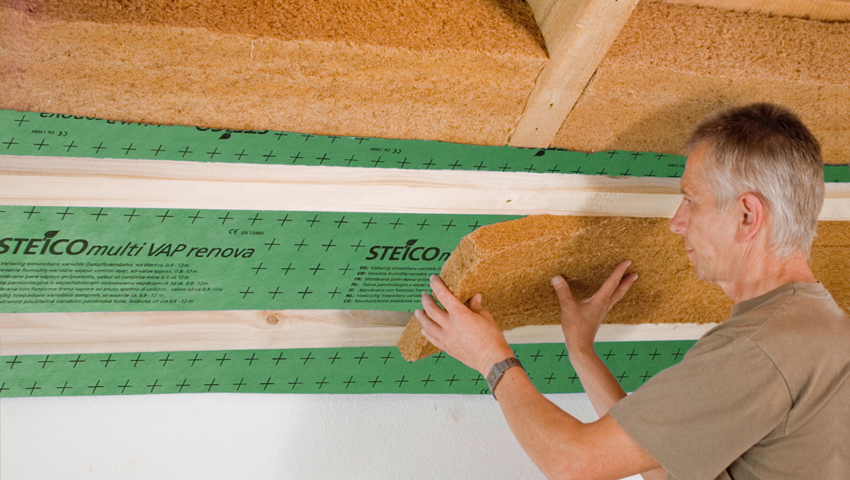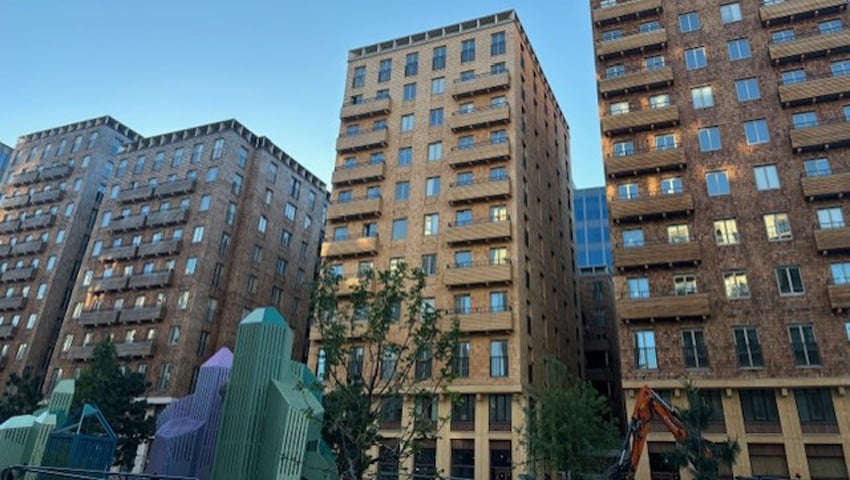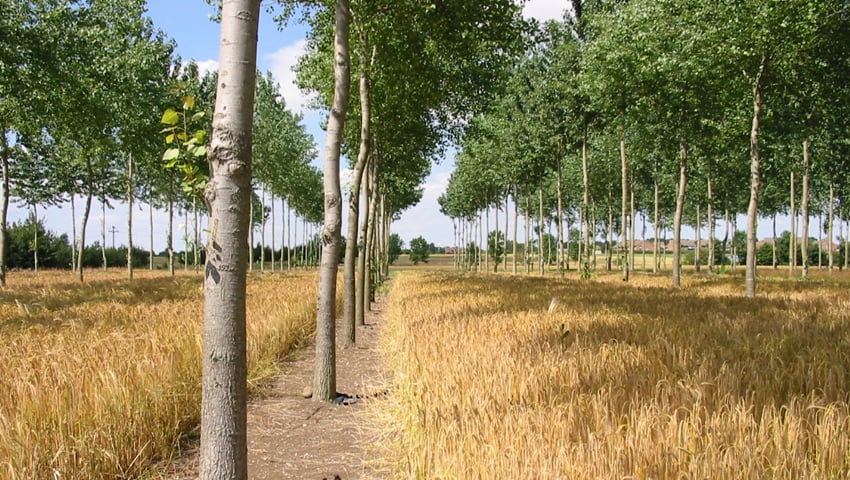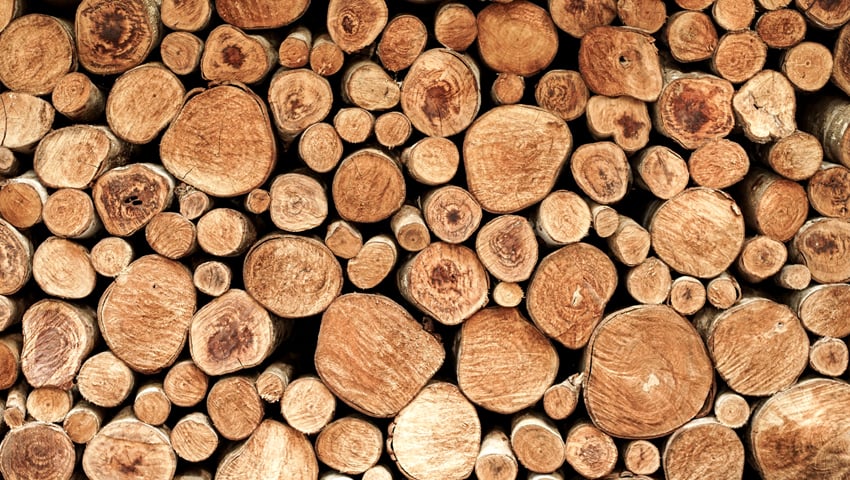Article by Paul Brannen, author of Timber! How wood can help save the world from climate breakdown
I wrote this book out of a growing sense of frustration that one of the biggest single solutions to tackling climate change was barely recognised outside of a relatively small group of informed forestry, timber and architectural specialists.
My intention was to write a book that would take this solution from the margins to the mainstream.
How we construct our new buildings and how we heat and cool our existing buildings is responsible for 40 per cent of global carbon emissions. For instance the manufacture of concrete is responsible for eight per cent of global carbon emissions. Steel, glass, bricks and blocks are also big carbon emitters with all these emissions directly linked to the burning of fossil fuels to generate the heat to the make these products. At the same time our existing buildings are still being heated and cooled using energy made primarily from burning fossil fuels.
The answer to both problems is to switch to building with timber and to insulate our existing buildings much more effectively with nature-based materials such as wood.
Wood is a climate wonder product. Why? Because wood, when growing as timber, absorbs CO2 from the atmosphere, stores the carbon in the wood and releases the oxygen into the atmosphere for us to breath. When trees are felled for their timber the carbon remains contained in the wood. If the wood is then used to build a house the carbon remains locked up safely in the timber for decades. Likewise insulating our homes with wood fibre also stores carbon. Additionally both actions result in wood products substituting for products that cause climate change such as concrete and polyurethane insulation.

Professor Michael Ramage of the University of Cambridge calculated that erecting a 300-square-metre, four-storey student residence in wood generated only 126 tonnes of CO2 emissions. If it had been made with concrete the tally would have risen to 310 tonnes. If steel had been used emissions would have topped 498 tonnes. Indeed, the building can be viewed as “carbon negative” as there is the equivalent of 540 tonnes of CO2 stored in the wood, resulting in a long-term subtraction of CO2 from the atmosphere.
Today an increased use of timber in construction is not only an option for family size homes it is also now an option for mid-rise apartment blocks up to 20 storeys in height. This is due to the increasing use of engineered or mass timber – a material that has the structural strength of steel and concrete.

Consequently we find ourselves in a position that not only would a massive increase in the use of wood in construction and insulation significantly reduce the carbon emissions of the built environment it would also hugely increase the amount of stored carbon in our towns and cities such that per metre square they could be storing more carbon than our forests i.e. two big climate wins.
However, a note of caution: this is all predicated on the availability of a colossal and growing supply of sustainable timber. Do we have it? A large part of Timber! is dedicated to answering this important question. While it is a short question it has a very long answer!
In a nutshell, a combination of the following will deliver the timber needed to decarbonise the built environment: increased material efficiency (making better use of what we already have), improved forest management (to increase timber output and store more carbon), some forest expansion, more trees grown on farms (agroforestry) and a move towards harvesting a greater percentage of the net annual increment of trees growing across Europe in our forests (using over 100 per cent is not sustainable, and is not happening, but using less than 80 per cent is a missed opportunity).
We will also need access to Russian timber as they have the largest forest reserve in the world, but it is currently, rightly, off limits due their invasion of Ukraine. Russian timber will also have to meet sustainability criteria.

Timber! begins with a quote from the philosopher Francis Bacon, “If we are to achieve things never before accomplished we must employ methods never before attempted”. Decarbonising the built environment has never before been accomplished. We have only 25 years to achieve it. The time has come to deploy Timber!
Timber! How wood can help save the world from climate breakdown is published on 27th June 2024
Images supplied by the author
